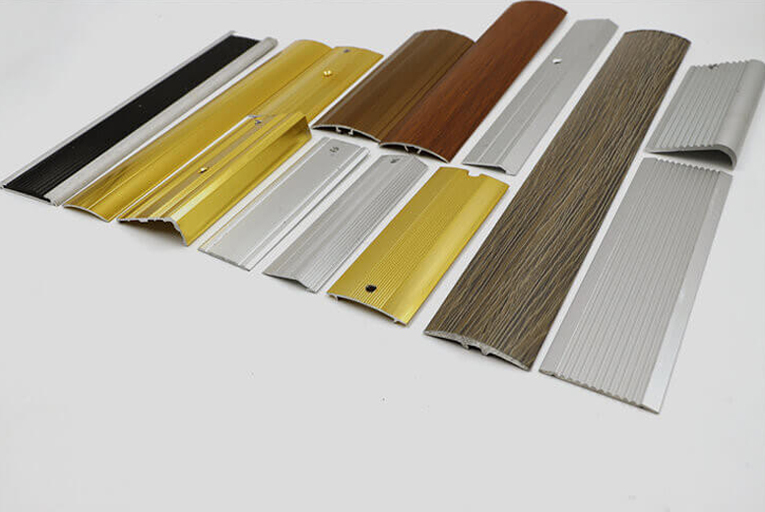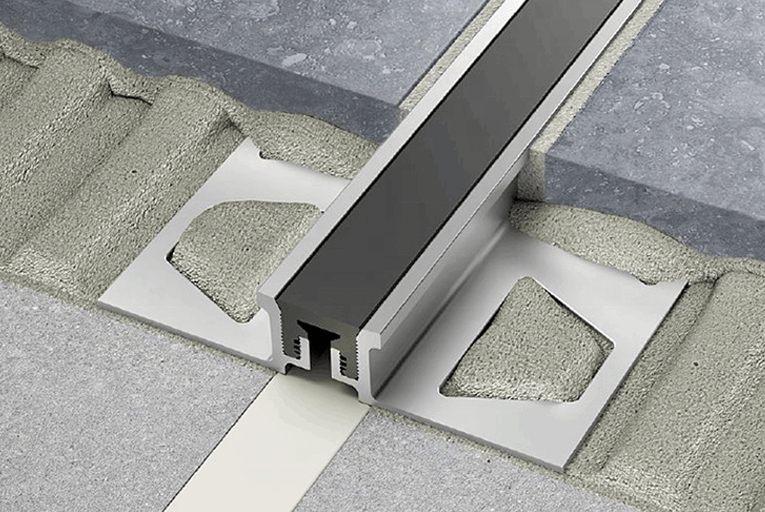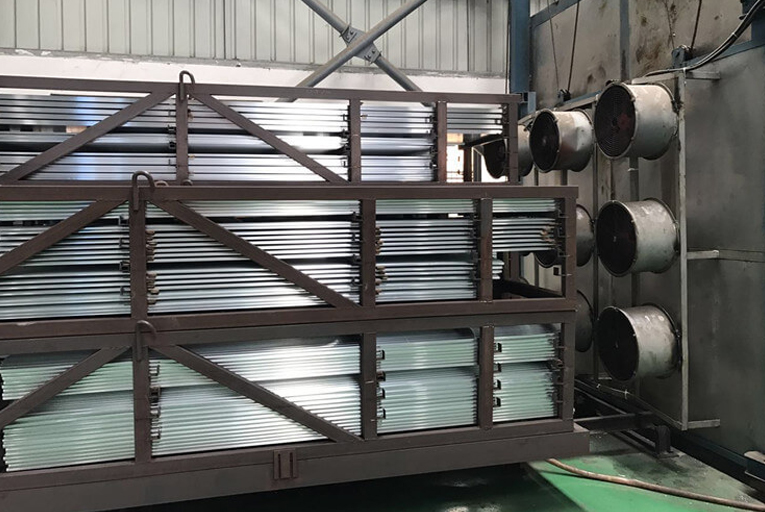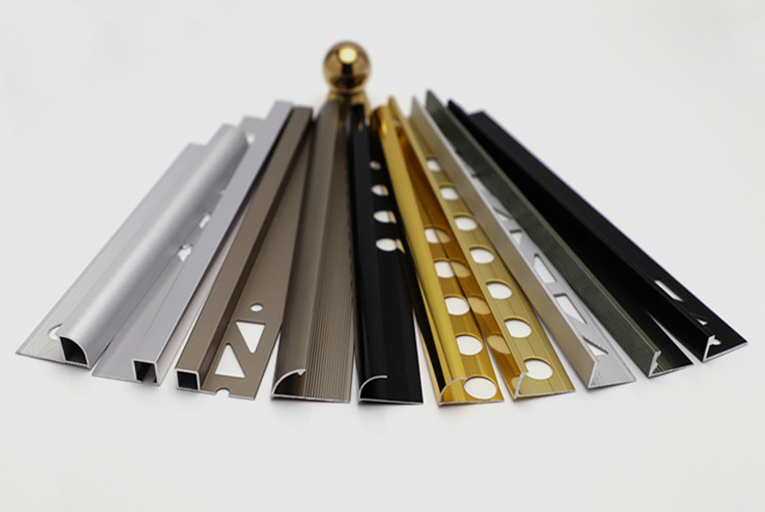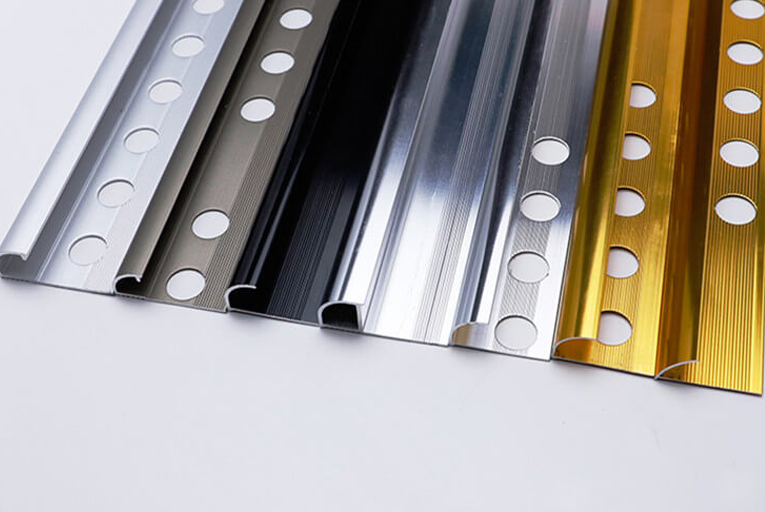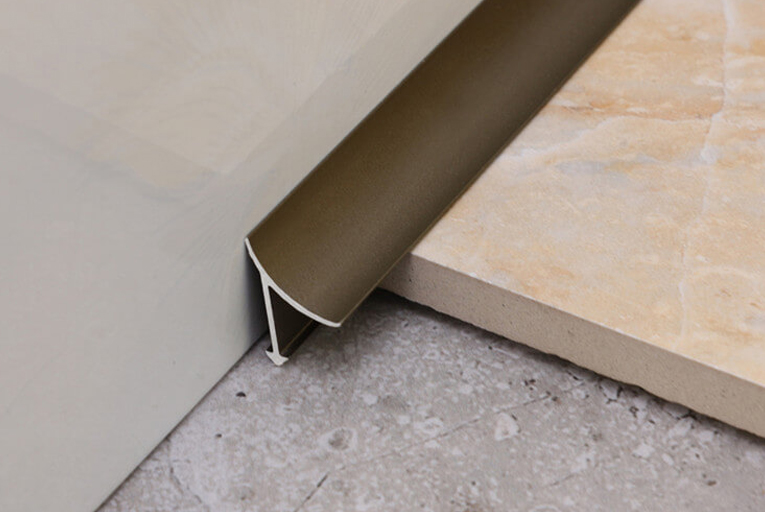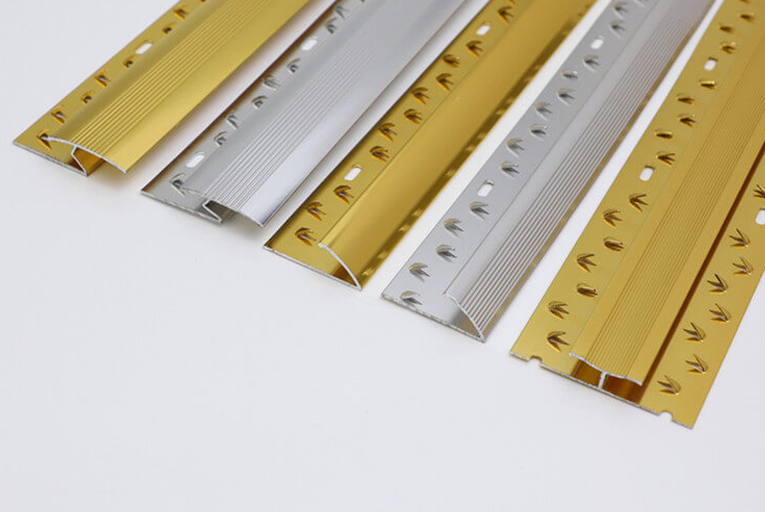How to Choose the Right External Corner Tile Trim for Your Project
Introduction
External corner tile trim is an essential finishing touch for any tiled surface, providing a clean, professional-looking edge. Choosing the right tile trim can improve the overall aesthetic of your project and protect your tiles from damage. This comprehensive guide will walk you through the key factors to consider when selecting exterior corner tile trim for your project.
Material
The material of the trim of tiling is crucial in determining its durability and longevity. , and appearance. Here are the most common options:
– Aluminum: Aluminum is corrosion resistant, making it ideal for use in damp or high humidity areas. It is also lightweight and easy to install.
– PVC: Polyvinyl chloride (PVC) is an affordable and versatile option that is also waterproof and mildew resistant. However, it is not as durable as metal trim.
– Stainless Steel: Stainless steel is very durable, non-corrosive, and resistant to stains and scratches. It is an excellent choice for high traffic areas or exterior applications.
– Brass: Brass is a classic and elegant choice that adds a touch of luxury to any project. It is relatively durable, but it can oxidize over time, especially in humid environments.
Finish
The finish of the tile trim plays an important role in its appearance general. Choose a finish that complements the style and color of your tile. Common finishes include:
– Brushed: Brushed finishes create a matte texture with a subtle metallic sheen.
– Polished: Polished finishes achieve a shiny, reflective surface that adds a touch of sophistication. .
– Anodized: Anodized finishes involve an electrochemical process that creates a colorful, durable, corrosion-resistant surface.
Shape
The tile trim external corner trim comes in different shapes to meet the specific needs of your project:
– L-shaped: L-shaped trims are the most common type, fitting snugly over the outside corner of the tile.
– T-shaped: T-shaped trims are used to create a perpendicular edge between two intersecting tiles.
– J-shaped : J-shaped trims are installed on top of the tiles, creating a decorative effect and protective edge.
Size
The size of the tile trim should be proportional to the size of the tiles. A trim that is too small will not provide adequate protection or visual appeal, while a trim that is too large will appear bulky and out of place.
Installation Method
Tile Trims External corners can be installed in two main ways:
– Mortar-based: mortar-based trims are embedded in the mortar behind the tiles, providing a secure and durable installation.
< p>– Mechanical: Mechanical seals are attached to the tiles using screws or nails, making them easier to install and replace.
Conclusion
The Selecting the right external corner tile trim for your project requires careful consideration of the material. , finish, shape, size and installation method. By following the guidelines outlined in this comprehensive guide, you can choose a tile trim that will not only enhance the aesthetic appeal of your project, but will also protect your tiles and ensure their longevity.
-
The 6 Hottest Tile Trim Solutions for 2021
2022-02-09 -
How to Install Tile Trims Line?
2022-02-09 -
Difference Between Sandblasting and Anodizing Surface Treatment of Aluminum Tile Trim
2022-02-09 -
The Different Uses of Tile Outside Corner Edging Trim and Inside Corner Edging Trim
2022-02-09 -
The Most Popular 5 Different Materials of Tile Trim Line
2022-02-09 -
What is Carpet Cover Trim?
2022-02-09
